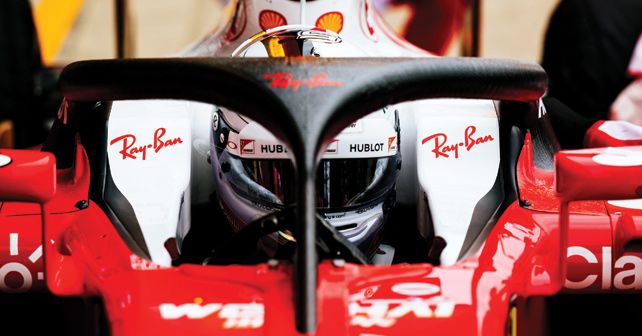
This month, Joe asks a very pertinent question – where are we headed?
Working out what’s going to happen in the automobile industry in future isn’t an easy thing to do. While one can make a pretty good guess at the direction in which development is heading, it’s far more difficult to predict the pace of change. Breakthroughs are rarely planned. The only thing that one can say with any certainty is that this is a time of profound change – be it with electric cars, autonomous vehicles, or whatever.
There have been few periods in the history of the industry with such fundamental change. Few analysts doubt that the industry is moving towards some form of electric mobility, with increased connectivity, which will change many of the systems that we think of today as being standard. Car companies need to meet the needs of the industry, with the possibility of more significant shifts – such as a move away from car ownership towards pay-per-use vehicles and increased ride-sharing services. Adding to the problem are the various and different regulatory policies that are pushing the industry towards more localized thinking, rather than the global strategic goals that have been set in recent years.
On the face of it, this means that it’s an unsettled period for motorsport. We don’t yet know what the rules of F1 will be after 2020, nor do we know whether the commercial structures will change. They should – it’s wrong for some F1 teams to have unfair financial advantages when they’re already earning more money because of who they are and what they represent, rather than because of the results on the track. Some teams are arguing for anachronistic and irrelevant gas-guzzling engines, while the governing body seems lost in its own agendas and yet appears powerless to defend the sport against health and safety demands that threaten to undermine the foundations on which motorsport is based. Motor racing is popular because it’s extreme and dangerous.
It’s a truly horrible irony that the actions of Jules Bianchi’s family, if they go ahead, could lead to a situation in which he’ll be remembered not as a great young sporting hero who took one risk too many and died young as a result, but rather as the reason the sport was forced to adopt safety measures that will diminish the status of drivers as attractive heroic figures and will drive away the fans. People watch motor racing for thrills, because it is dangerous and because the drivers are willing to take risks. One can understand the pain of the family, but ultimately Bianchi’s impact on the sport could change his legacy – which is something that he surely could not have wanted.
The role of the FIA is to maintain the interests of its members and to promote the development of motor sport, and one can argue that while its fixation on road safety may be a worthy cause for some, it is detrimental to the goals of the membership – and is not the reason that the federation exists. The organization is not about to change, but if it does not, its relevance in motorsport may well do. The commercial side of the sport seems, on the face of it, to be more practical and pragmatic. Formula 1 is in the process of debating the regulations for the next 10 years with the likely result being a compromise between expensive hybrid technology and financial practicality.
Once these are decided, the debate can begin over the distribution of revenues, and over how costs can be contained in order to make F1 attractive to those wishing to invest. The commercial rights holder, Liberty Media, is doing sensible things while, at the same time, making sure that its investment in the sport is secure. There has been much talk of the Liberty empire strengthening its ownership position within Formula E, the all-electric racing championship that some think will inevitably become the future of the sport. Formula E may already be under the control of Discovery Communications and Liberty Global, the international cable operator that is a major part of John Malone’s Liberty empire. This means that by the time the next Concorde Agreement ends, in around 2030, Liberty will be able to react to whatever’s happening in the automotive world – either by switching Formula E into Formula 1, or merging the two businesses into one.
This all ties in with the planning going on within different governments to ban the sale of new petrol and diesel cars at various different dates. The most aggressive of these is Norway and the Netherlands, which have gone for 2025, while France has announced 2040, and others are planning similar legislation for 2030. It’s clear that this will require the sport to adapt in the same sort of timeframe, although no one knows exactly when because one cannot easily predict the speed of technological development. It’ll happen when it happens, but F1 seems to be ready for it. Merging or integrating the two championships will also help solve the demographic challenges as, by 2030, it’s hoped that the young audience that’s interested in Formula E will be able to replace the generation of F1 fans who are not excited by electric racing.
A complete phasing out of ICE vehicles by 2030 is ambitious, and probably not realistic – but it looks like Liberty will be in a situation where it’ll be able to balance the transformation without too much disruption. This makes the business a very sound investment. There are risks, of course, but the strategic thinking appears to be solid...
Joe Saward has been covering Formula 1 full-time for 29 years. He has not missed a race since 1988.
























Write your Comment